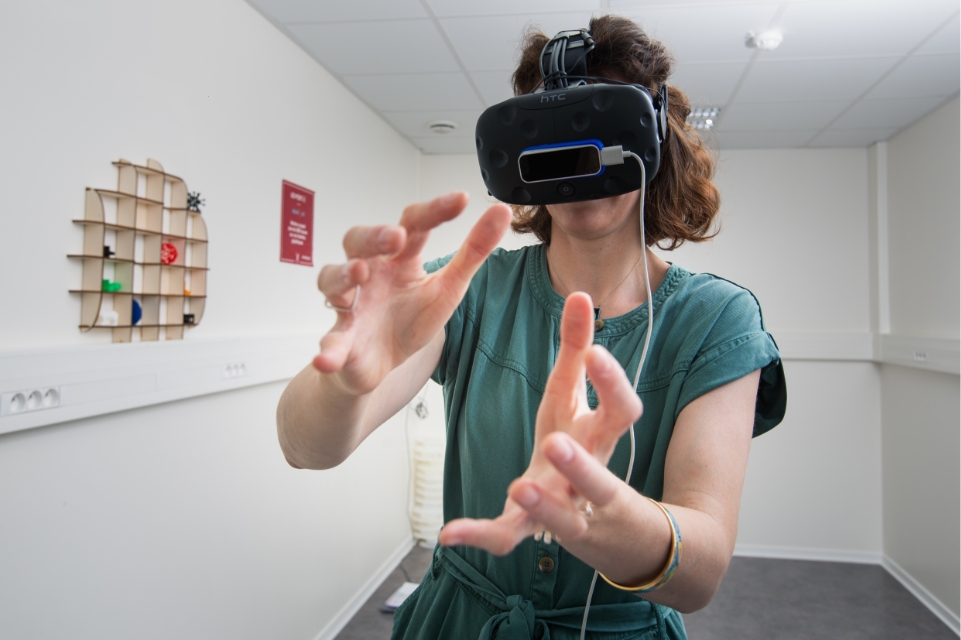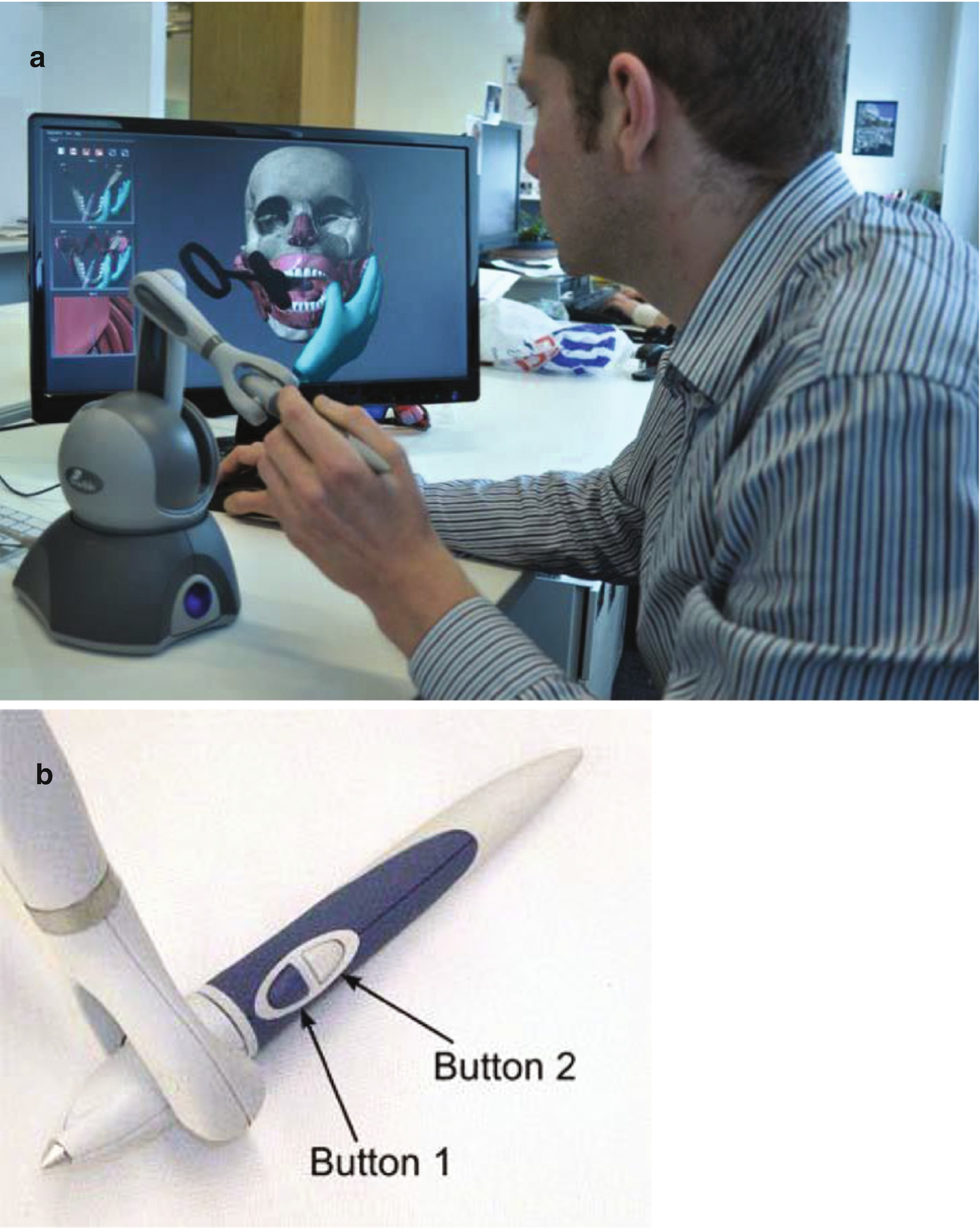The world has changed in many ways since the invention and growth of internet technology, as we used to know it. Many human activities and undertakings are now considerably more accessible as a result of this technology. Furthermore, this technology has permeated almost every element of human activity. For example, purchasing and selling things, which used to necessitate the actual presence and interaction of all parties involved, can now be done online without the need for a real meeting.
The medical and health care industries are not immune to this trend. Fortunately, internet-based or supported technologies have shook the sector, particularly in recent times, to make things easier and more effective. Virtual reality and augmented reality are two examples of such technology. Perhaps you’re wondering what these terms represent and how they connect to the world of oral health. Congratulations, then! You’ve come to the right place to learn everything you need to know. Continue reading for more intriguing details. There is little doubt that virtual and augmented reality have a lot to offer in the twenty-first century, particularly in gaming, education, e-commerce, marketing, and even medicine. But how can they contribute to the advancement of oral surgery? Experts and professionals, such as Dr. Carson of Englishtown, have been investigating solutions to these issues, and we will publish some of their results here. But first, let’s try to comprehend what the terms virtual reality and augmented reality mean.

What exactly is Augmented Reality?
Augmented reality is a real-world interactive experience in which computer-generated perceptual information is utilized to improve real-world items. This is done frequently across several sensory modalities such as auditory, visual, somatosensory, haptic, and olfactory. It is a technology that combines the natural and virtual worlds, allows for accurate 3D registration of actual and virtual objects, and allows for real-time interaction. Because practically everyone with a smartphone can access it, this technology has been recognized as a more efficient branding and gaming tool.
What exactly is Virtual Reality?
Virtual reality, on the other hand, refers to a simulated experience that can be similar to or dissimilar to what is available in the real world. This technology is frequently used in entertainment, business, education, and other fields. It’s similar to a computer-generated simulation of a different planet.

How Virtual Reality and Augmented Reality Can Transform Oral Surgery
Scientists and specialists in the oral health business have spent years looking for ways to improve the technique and produce more exact results. Fortunately, it has been revealed that we are getting closer to accomplishing this aim with the use of virtual and augmented reality. Here are some of the ways virtual and augmented reality can help with oral surgery:
- Virtual reality can solve the problem of associating pain, fear, and anxiety to dental procedures for patients: It has been demonstrated that specialists can employ virtual reality technology to immerse patients in alternate worlds during dental procedures. This can be quite beneficial for persons who suffer from dental anxiety. They can be made to watch more calming and quiet sights during the operation, so that their anxiety is alleviated. This means that patients will experience less fear, pain, or anxiety as specialists perform dental operations.
- Augmented reality and virtual reality can help reduce nitrous oxide use for dental procedures. When AR and VR technologies are used in a dental procedure, patients require less morphine and pain management, according to studies. This is because people are more likely to feel less pain when they are diverted from the source of their suffering. Indeed, adopting AR and VR as a distraction for patients during such treatments is ideal. As a result, they are likely to have little or no discomfort.
- They can increase precision, reduce the time used in procedures, and increase profit: It is natural for patients to feel more relaxed and less restless when they are not in pain or fear. This implies that a dental professional can continue with the process without having to worry about dealing with an unstable patient. Indeed, this will result in more precision, which will save time. In the end, it will increase profits for dental practitioners because they will be able to see more patients in less time.
Conclusion
In recent years, many technological advancements, such as virtual reality and augmented reality, have greatly improved the health care business. This study looked at how these technologies might affect dental procedures.
